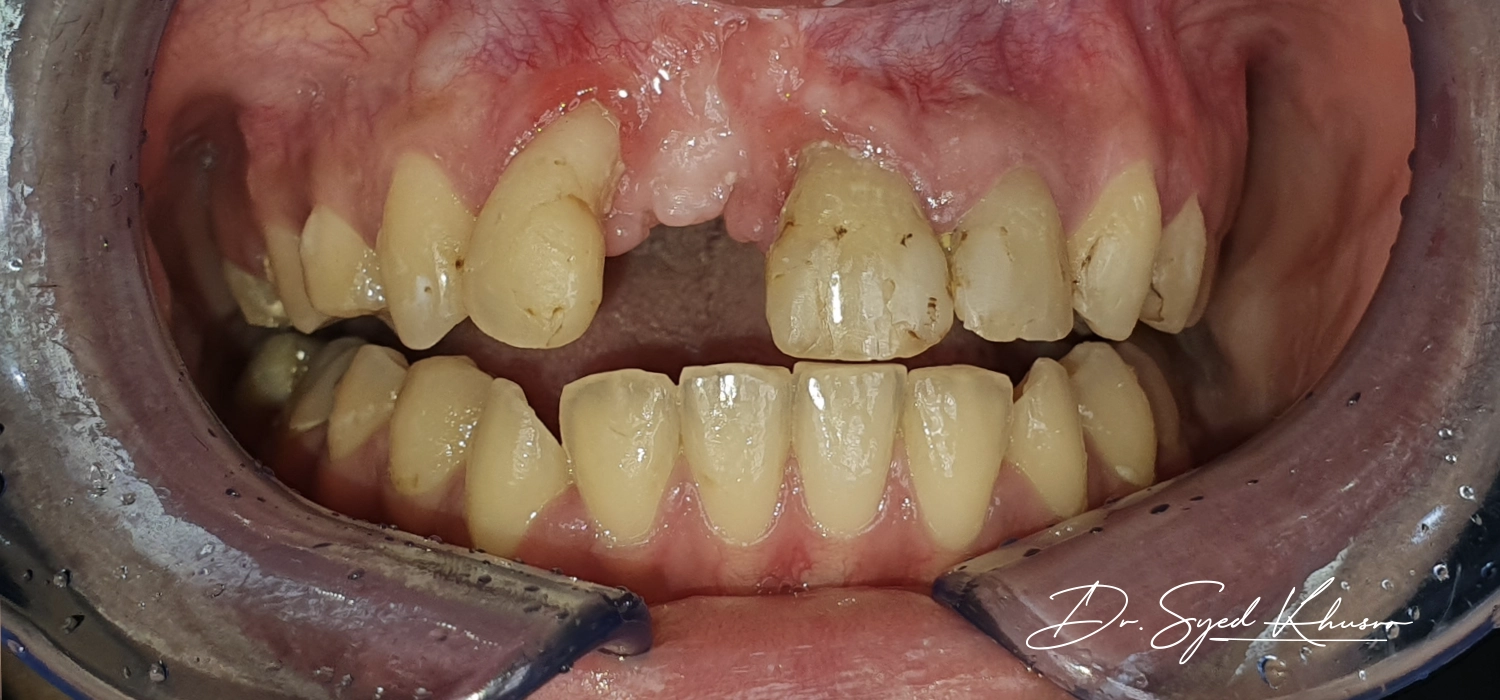Repairing solid surfaces requires the right tools to ensure that any damage is efficiently and professionally fixed. Whether you’re dealing with scratches, chips, or cracks, having the proper equipment can make the repair process smoother and help restore the surface to its original condition. Find here top tools you’ll need for successful Corian repair.
Fine- grit sandpaper:
Fine-grit sandpaper, typically ranging from 220 to 400 grit, is a necessary tool for repairing scratches and scuffs on Corian surfaces. Sandpaper allows you to gently smooth out minor imperfections without damaging the surrounding area. When using sandpaper, always sand in a circular motion and apply light pressure to avoid creating further scratches. This tool is perfect for initial scratch repairs and prepares the surface for polishing.
Polishing compound:
After sanding, restoring the glossy finish of your Corian surface is important. A quality polishing compound is vital for buffing out any dullness caused by the repair process. Apply a small amount of the compound to a soft, clean cloth and work it into the surface using circular motions. This step improves the appearance of the countertop and helps blend the repaired area with the rest of the surface, ensuring a smooth finish.
Acrylic filler:
For deeper scratches and chips, color-matched acrylic filler is essential. These fillers are specially designed to bond with Corian and are available in a variety of colors to match your specific countertop. When using acrylic filler, apply it with a small applicator, ensuring it completely fills the damaged area. Once cured, you can sand and polish the filled area to restore its original appearance. Choosing the right color is key for achieving a smooth repair.
Heat gun:
A heat gun is a versatile tool that can be beneficial for certain types of damage. It can help soften the surface of Corian to make minor dents less noticeable. When using a heat gun, apply it sparingly and at a safe distance to avoid overheating the material. This technique is best for small dents where the surface may need a little warmth to return to its original shape.
Utility knife:
A utility knife is a handy tool for precision cuts, especially when preparing the damaged area for repair. It can be used to trim away any loose material around a chip or to create a clean edge before applying acrylic filler. However, caution is necessary; always cut away from your body and ensure you have a steady hand to avoid additional damage.



